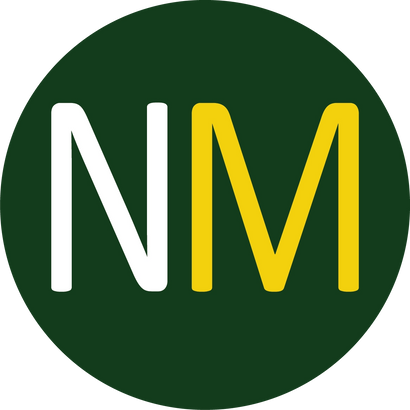The Cat Mace worked good for me. I just need to get more. We did have some rain and I believe that didn’t help but we need the rain. I live in FL the North Central part. I will be ordering more as soon as I have the extra money. I’m glad I tried your product
I don't even like to look at the picture on the package. That's how much I hate snakes. That is also why I buy this product and no other brand. It does the job of keeping those fellows away from my home. Yeah!
Thanks Sara! I'm with you. I am also terrified of snakes and rely heavily on our Snake MACE to keep my yard and campsite in the summer snake free! I recognize their value to the eco system, so no harm to them, but stay far away from me! (:
I tried Nature's Mace Deer and Rabbit Repellent for the first time and I am very pleased so far. The deer and rabbits destroyed my new hostas last year, and I'm fortunate that they survived to sprout again this year. I used the granular repellent to create a barrier next to the flower bed and sprayed the liquid directly on the plants. So far, the plants have not been chewed and are growing! The deer were also stripping the bark from a young black tulip magnolia tree and eating the leaves and buds they could reach. I used both formulas around this tree and it appears to be working. I recommend these products!
Thank you so much for your detailed review! We appreciate the feedback. We are also glad that you are using both liquid and granular for double the protection!
The CAT repellent works so well I am very happy. I tried so many different things and none of them worked. Only your stuff worked so I will be buying from you from now on.
I found and started using the mole granular. At first it seemed not to work. But there was a big problem with moles in our yard.
So, I again spread the granules, and now it seems to be repelling them.
For reference, we have 3 acres of yard and moles were everywhere. The poison worms were not doing the job.
Still have some areas not protected, but in time will have that taken care of.
I had the best customer service I have ever had. Brought me to tears I thought this kind of service was gone forever.
Website easy to navigate. Important important information readily available. Fast shipping.
If I could give more than 5 stars, I'd give a million. They went over and above to address my concerns and resolve them to my satisfaction. Responses in communications is fast and friendly with a sincere desire to help. The product I use is for cats. I tried so many remedies to stop them from coming around but nothing worked. Nothing worked until I started using the mace for cats. No more cats! I am thoroughly satisfied with the results. I highly recommend this company and they're product.
